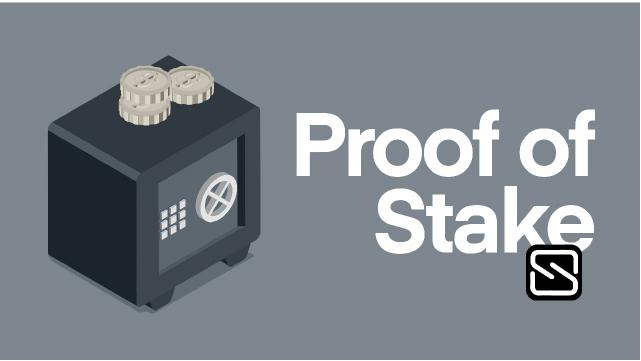What is Proof of Stake (PoS) and how does it differ from Proof of Work (PoW)?
Learn more about Proof of Stake (PoS).
By Staff
Mining cryptocurrency is an energy-intensive business, however, it doesn’t have to be. The Ethereum community has been working to change how the Ether currency is created in order to radically reduce the blockchain’s carbon footprint. The method it’s working toward is called proof of stake (PoS).
Proof of stake is an alternative to proof of work (PoW), which Bitcoin and Ethereum currently use and they are both examples of consensus mechanisms.
Public blockchains, at their most basic level, are just databases. Most databases set permissions for those who can access and edit them. This centralized control is convenient but makes them vulnerable to hacks. By contrast, blockchains make everyone running the software from exchanges to traders in their basement responsible for updating them.
That sounds like it would be messy, which is why blockchains use consensus mechanisms or consensus algorithms. Consensus mechanisms keep the network humming, making sure that only legitimate transactions get added to blocks. It’s all the nodes or computers running the blockchain software checking amongst themselves to conclude.
In doing so, they guard against 51% attacks, which is when someone accumulates more than half of the computing power in a distributed network and can then control it.
Proof of Stake
Proof of Stake on Ethereum 2.0 aims to achieve the same outcome as Proof of Work, to securely verify transactions on the blockchain.
Whereas PoW miners dedicate hardware resources (large, expensive computers) to secure the network, PoS validators dedicate their cryptocurrency. With PoS, to get a chance to verify transactions in a block, and to get the associated fees validators must lock up, or stake, at least 32 ETH that they can’t spend. The blockchain uses that locked-up crypto to secure the network.
Proof of Work
To prevent attacks, which make it possible to spend funds twice, Bitcoin uses the proof-of-work consensus algorithm. That system asks people to use hardware (and electricity) to help the network process transactions. In proof of work, miners (or, their computers, to be precise) try to solve fiendishly difficult puzzles in order to be the first to complete a block of transactions. Their work helps to verify that the transactions are legitimate. As compensation, they’re rewarded with cryptocurrency such as Bitcoin.
Proof of work was built into the design of Bitcoin and replicated by other cryptocurrencies, including Ethereum. However, one of the by-products of this system is it requires a lot of machines using a lot of electricity to solve complex problems, the vast majority of it rendered moot except for the energy expended by the winning miner.
According to the Ethereum Foundation, proof of stake has several advantages over proof of work. To begin with, since earning rewards isn’t based on having the most computing power, you don’t need super-fancy hardware. Additionally, because of the lower hardware requirements, proof of stake uses far less energy than proof of work and more people can participate in running an Ethereum node, which will allow for further decentralization and more resistance to 51% attacks.
Ethereum developers are building a number of phased upgrades, Ethereum 2.0, which will run on proof of stake and will eventually merge with the Ethereum mainnet.
Conclusively, Ethereum isn’t the first cryptocurrency to use proof of stake. Algorand, Cardano, Cosmos, EOS, Polkadot, and Tezos have all implemented a version of proof of stake.
The Ethereum network is currently in Phase 0 of its upgrade to Ethereum 2.0. While people have staked ETH to the network, it’s not yet ready to be used.
